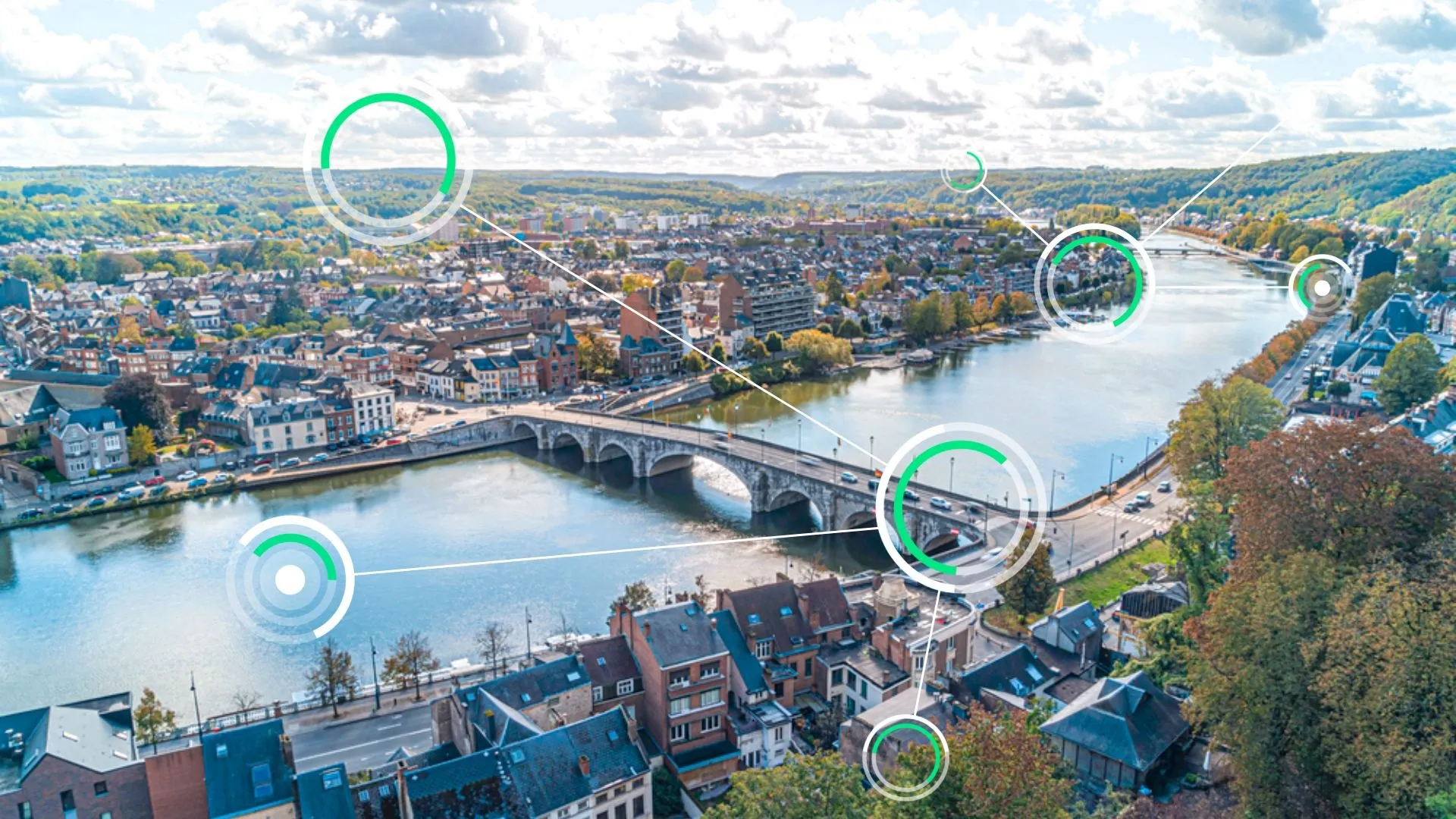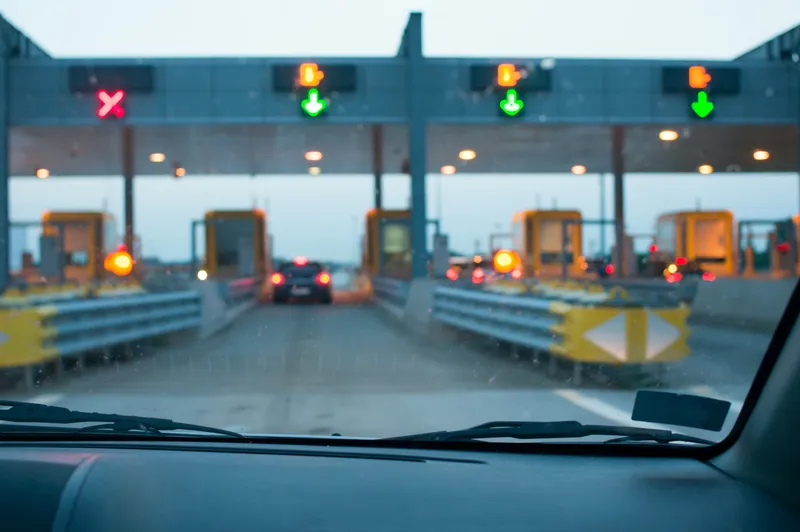
Yunex Traffic has been awarded a contract to replace all existing automation systems in 54 tunnels - with a total length of 7.6km - in Belgium.
The infrastructure is in Wallonia, the French-speaking southern part of the European nation.
The work is with the Société de Financement Complémentaire des Infrastructures and the Service Public Wallonie, which issued the tender in December 2021.
Implemented in partnership with Spie Beligum, it is expected to last 24 months.
Yunex says automation will allow road authorities to react more quickly to unforeseen events such as congestion or collisions, and ensure safe travel through all the tunnels.
“With automated workflows and active traffic management, [the] integrated traffic and plant management system will contribute to greater safety in tunnels in Wallonia –
protecting people, structures and the environment”, says Ronny Govers, MD Yunex Traffic Belgium.
The company uses a digital twin to simulate the environment, which Yunex says can "increase efficiency in maintenance and engineering processes and perform actions that would not be possible in live operations like the simulation of a fire".










